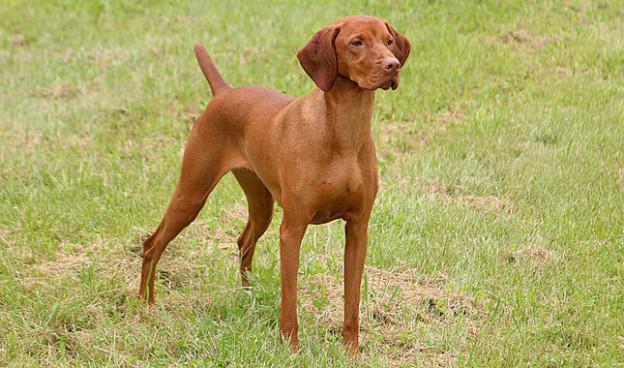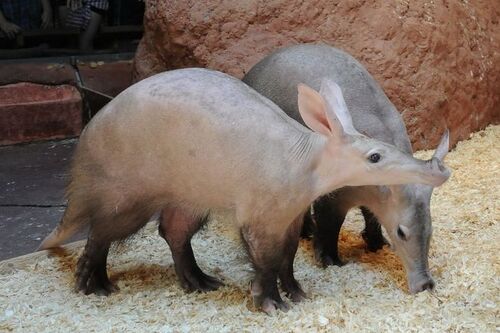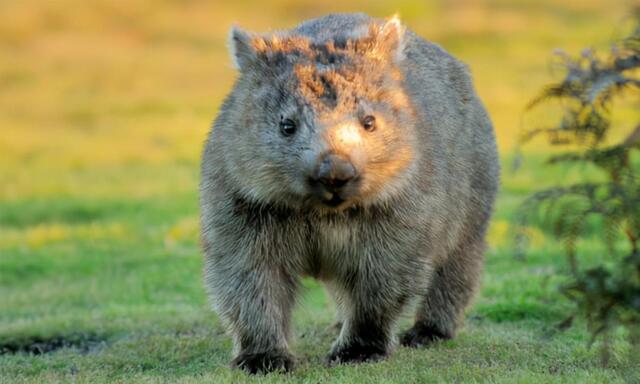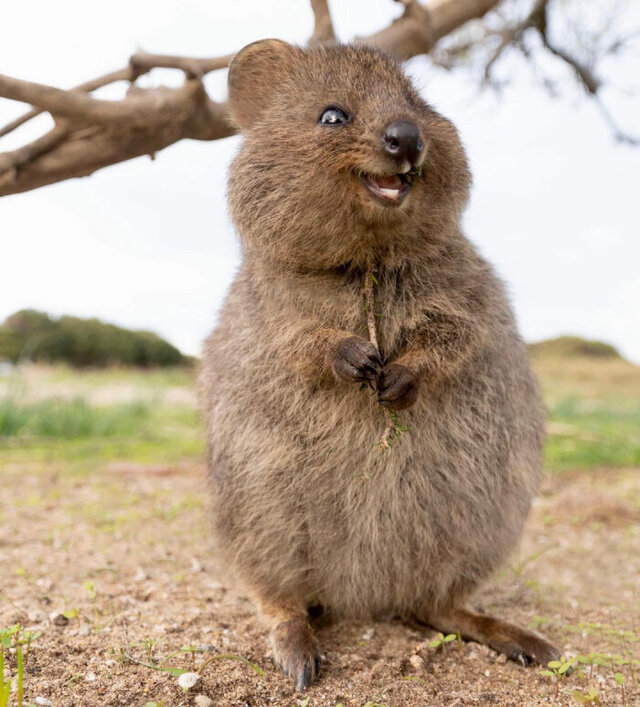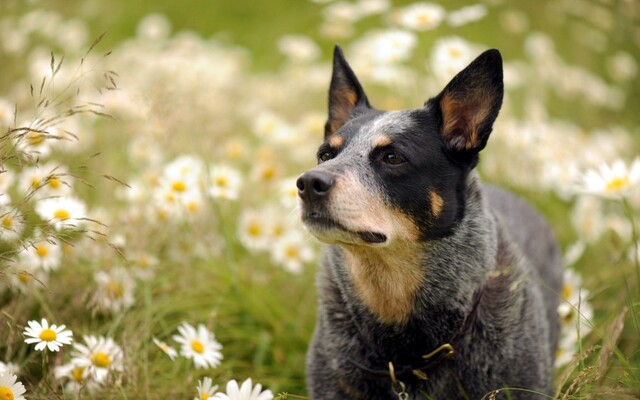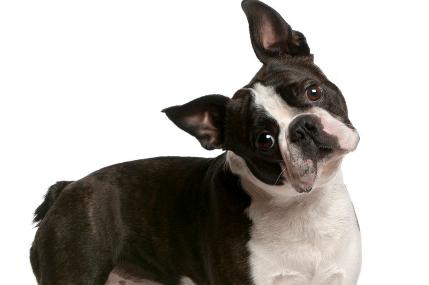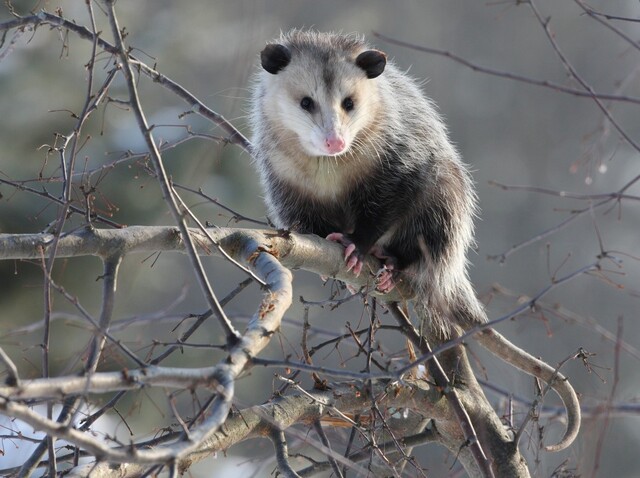Maltese
IUCN
LCBasic Information
Feature
The top of the skull is slightly rounded, the eyes are large and slightly protruding, bronze in color, and very wide apart, the black nose is small and round, and the coat is smooth like silvery white silk. The temperament is gentle and alert.
Distribution and Habitat
Malta, a British territory in the Mediterranean
Appearance
The top of the skull is slightly rounded, the round and deep eyes are large and slightly protruding, bronze in color, very wide apart, the black nose is small and round, and the coat is as smooth as silvery white silk.
The coat is as smooth as silvery white silk, hanging close to the ground, flat and smooth. There are light yellow or lemon spots on the ears, and the coat can be light orange or light ivory in addition to pure white. This breed has a single coat, the hair is silky, hanging on both sides of the body, and the hair on the top of the head can be braided or drooped naturally. There are black spots on the skin, especially on the back.
Details
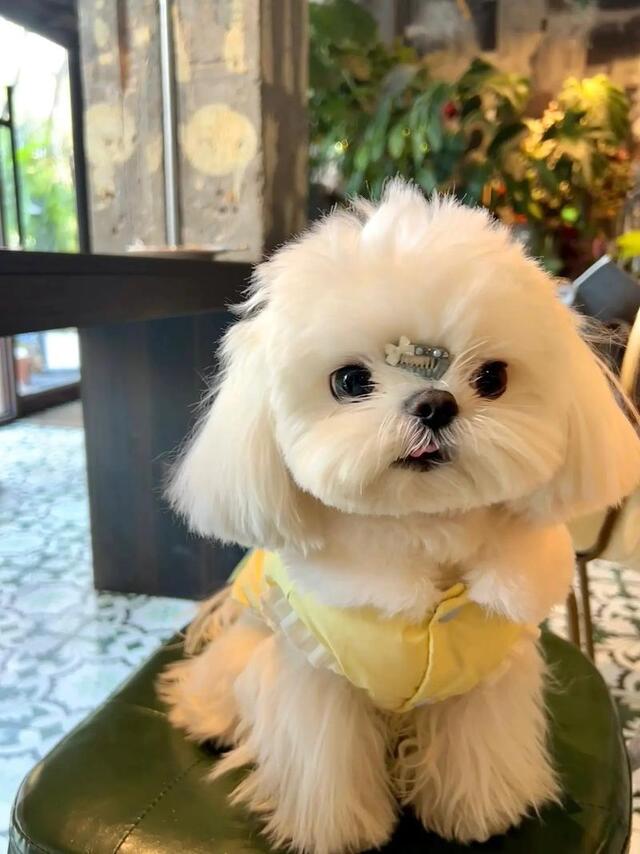
Maltese (English name: Maltese) is also known as Magic Fairy and Maltese. It is one of the small toy dogs with Bichon Frise ancestry and is the oldest dog breed in Europe. Male dogs are 8.3-9.8 inches (21-25 cm) tall and weigh 6.6-8.8 pounds (3.0-4.0 kg); female dogs are 7.9-9.1 inches (22-23 cm) tall and weigh 6.6-8.8 pounds (3.0-4.0 kg); life span is 12-14 years, and its IQ ranks 59th. The top of the skull is slightly round, the round and deep eyes are large and slightly protruding, bronze in color, and the distance between the eyes is very wide. The black nose is small and round, and there is a smooth coat like silver-white silk.
Maltese dogs originated from the British territory of the Mediterranean Sea, the island of Malta, and got their name from it. The Maltese has a history of more than 3,000 years. In the 19th century, the Maltese won the favor of the royal aristocracy with its elegant and beautiful appearance, and became popular in the upper class. It won the top throne of the British pet dog. In 1888, it was first recognized by the American Kennel Club (AKC), and in 1948, it was recognized by the United Kennel Club. The Maltese is docile and lively and likes a clean and dry environment. Usually, the domestic life span of the Maltese is 12 to 14 years.
The Maltese has been deeply loved by European nobles throughout history and is good at catching mice. It is a first-class family dog. Before the Middle Ages, this breed was deeply loved by European nobles and was regarded as a symbol of noble status. In the early 20th century, the dog breed was introduced to Japan, China, the Philippines and other countries, and became one of the preferred pet dogs for Japanese breeding enthusiasts.

Identification characteristics: The top of the skull is slightly rounded, the round and deep eyes are large and slightly protruding, bronze in color, very wide apart, the black nose is small and round, with a smooth coat like silver-white silk, and a gentle and alert temperament.
Breeding time: The estrus period is spring and autumn every year, and the gestation period is 58 to 65 days. The main value is the noble dog and domestic dog in history.
Origin of the name: The Maltese dog originated from the island of Malta in the Mediterranean region, and got its name from it. Its name can be traced back to many sea names in the Mediterranean region, such as the Adriatic Sea and Sicily. "Maltais" comes from the Semitic word "malat", which means a refuge or port. The ancient Greek philosopher Aristotle (384-322 BC) named it "canes melitenses".
IQ description: The Maltese dog ranks 59th in the world in terms of IQ, which is not considered a smart dog breed. New commands need to be practiced 40-80 times. It is easily distracted and will only follow the owner's instructions when it feels happy.
Despite its extremely small size, the Maltese's confidence and emotional responsiveness are very attractive. The Maltese is the gentlest of all small dogs, but it is also lively, playful and energetic. It has a noble attitude and is very attached to its owner.
Breeding history
The Maltese originated in 500 BC and has a history of more than 3,000 years. Legend has it that the Phoenicians sailed to the island of Malta and the dogs they brought with them were bred and reproduced to produce the Maltese. It is generally believed in the industry that the ancestor of the Maltese is the fox dog brought to the island of Malta by the people living in central and southern Europe. There is also a view that the Spanish hound is the predecessor of the Maltese.
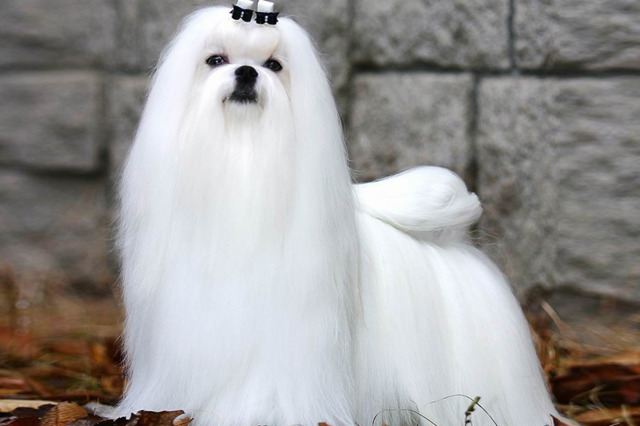
The ancestor of the Maltese may be one of the earliest European toy dogs. Around 55 BC, the Roman army arrived in Britain with the Maltese, and then became the companion dog of the British court nobles. Until the Middle Ages, it had been the daily companion of European nobles, and its popularity did not diminish. It was introduced to France in the 15th century and soon became the favorite dog of the upper class such as princes and nobles.
In 1813, the island of Malta was occupied by Britain, and Queen Vessolalia ordered the tribute of this dog from the island. Since the fall of the Roman Empire, the number of Maltese dogs has decreased sharply. In 1830, due to various reasons, the Maltese dog was on the verge of extinction in the UK. Queen Vessolalia ordered a pair of pure Maltese dogs to be brought back from the Philippines for breeding. During the turbulent period in the West, breeders in Asia retained the pure Maltese dog bloodline and also hybridized with oriental breeds such as Tibetan Mastiff to achieve breed improvement.
In the 19th century, the Maltese dog won the top throne of the British toy dog with its gorgeous quality. In 1864, the first Maltese dog association was held in Birmingham, England. [16] In 1888, the Maltese was first recognized by the American Kennel Club (AKC), and two female dogs, "Schnee" and "Ross", officially joined the AKC. In 1948, it was recognized by the United Kennel Club (UKC). As of 2023, it has been included in organizations such as the International Kennel Club and the Japan Kennel Club (JKC).
Morphological characteristics
The Maltese is a small dog, about 25 cm tall and weighing 1.5 to 3 kg. It has a smooth coat like silvery white silk, hanging close to the ground, flat and smooth. There are light yellow or lemon spots on the ears. In addition to pure white, the coat can also be light orange or light ivory. This breed has a single coat, the hair is silky and hangs on both sides of the body. The hair on the top of the head can be braided or drooped naturally. There are black spots on the skin, especially on the back.
Head and Neck
The head of the Maltese is in proportion to the body, with a slightly rounded top of the skull, oval when viewed from above and rounded when viewed from the sides. The frontal bones and supraorbital arches are very prominent, and the occipital crest is not obvious. The muzzle is parallel on both sides with a groove in the middle. The muzzle is of medium length and well-defined. The lips are black. The eyes are large, slightly protruding, bronze in color, round and deep-set, and very widely spaced, with black eye contours and third eyelids. The black nose is small and rounded, with a rosacea. The ears are triangular, set low, and about 1/3 of their length wide. The neck is slightly long and arched at the crest. The jaw tapers, and the teeth meet in a forceps or scissors bite. The neck is slightly long, without loose skin, and arched at the crest.
Limbs
The Maltese has a compact body, with a level back and well-developed ribs. The forelegs are short and straight, with the arms longer than the withers, and the elbows neither in nor out. The chest is below the level of the elbows. The hind legs are strong, the thigh muscles are well-developed, and there is a posterior convex line. The soles of the feet are small and round, and the pads and nails are black.
The bones are relatively fragile and prone to accidents such as fractures.
Tail
The base of the tail is large and the tip is thin. The tail muscles are well-developed. The tail has long feathers and curls on the back. The tip of the tail is more than 1/4 to the side of the body, touching the buttocks or lying on both sides.
Habits and characteristics
Maltese dogs are very close to their owners and can get along well with children, but they are very hostile to strangers. Maltese dogs are gentle and lively, and have deep feelings for their owners. However, they are more sensitive and should be encouraged more with words during training. Maltese dogs are not suitable for families with young children. They may cause harm to the dogs, and if they are left alone for too long, Maltese dogs may develop separation anxiety. However, if the breeder over-indulges them, although they are small, Maltese dogs are more aggressive and like to provoke other dogs. They will bark and attack. When running, their gait is brisk, steady and smooth. The domestic life span of this dog is 12 to 14 years. It is more suitable for beginners.
Growth and breeding
Maltese dogs reach sexual maturity at 6 to 8 months and physical maturity at 12 months. The estrus period is twice a year, in spring and autumn every year, and the gestation period is 58 to 65 days, with 4 to 6 puppies per litter.
Feeding and care
Maltese dogs do not eat much, and they can be fed once a day in the morning and evening. The daily food can contain an appropriate amount of meat, which is steamed and cut into small pieces and added to vegetarian dry materials or biscuits to mix. Be careful not to feed them too much.
Care
Maltese dogs should be combed once a day to ensure that the hair is not tangled. In addition to regular combing, they also need to be bathed regularly. Remember to clean the ears after bathing.
Maltese dogs like clean and dry environments. The hair around their eyes is easily contaminated by tear gland secretions, thus stained with brown stripes. Therefore, eye drops can be applied before and after bathing to prevent tears from contaminating the coat. After meals, the dirt around the mouth should also be wiped clean.
The nails of Maltese dogs are transparent, and their paws need to be trimmed regularly to avoid scratching the body. In daily care, you need to pay attention to the cleanliness of their ear canals, which can be cleaned with absorbent cotton.
In terms of beauty care, the decorative hair on the top of the Maltese dog's head can be left as a bang or combed upward into a small braid. The hair on the back hangs down to both sides along the midline of the back. Use a beauty comb to comb the inner body hair first, and then comb the outer body hair. It can be combed from top to bottom three or four times. The long coat can also be trimmed into a beautiful hem.
Exercise
The dog has a strong adaptability to the city. As long as it is indoor games, it can meet its needs for exercise. Moderate exercise can promote its digestion and absorption ability and maintain a normal appetite.
Common diseases
Maltese dogs are not resistant to humidity and heat. During their breeding process, it is necessary to pay attention to whether their conjunctiva is congested or jaundiced, and whether their appetite is reduced. If their appetite is poor, they may suffer from digestive system-related diseases. In addition, Maltese dogs are also prone to tearing, knee dislocation, and malocclusion.
Purpose of breeding
The Maltese dog was one of the first dogs to be publicly exhibited on the show stand. Their ancestors may be the earliest European toy dogs. They are deeply loved by European nobles as a symbol of noble status. At the same time, the Maltese dog is also very good at catching mice. In the early 20th century, the Maltese dog was introduced to Japan, China, the Philippines and other countries, and became the top toy dog in Japan. It is suitable for domestic breeding and is a first-class family dog.

